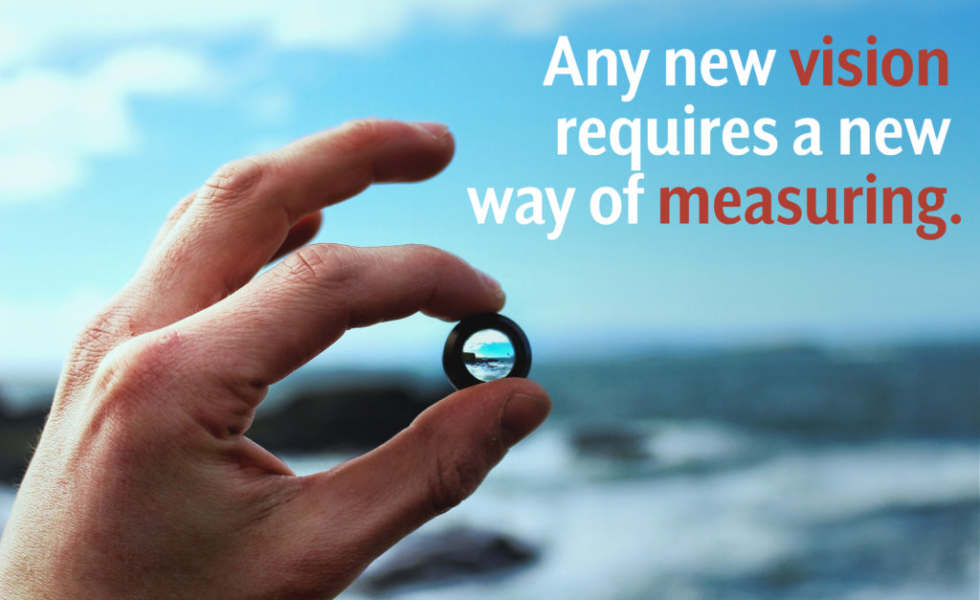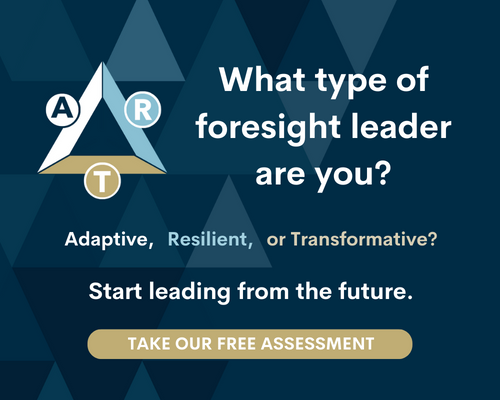Scenarios: Going Beyond Data To Map Complex Futures

When we want to implement change and transformation in our organizations, we are introducing a new vision or a new level of growth.
This means that the old way of doing things – the way we measured and implemented the old processes and operations – won’t suffice as a means to reach the new growth or vision. We just cannot do new things with the same old ideas and tools.
In this age of volatile change and exponential complexity, the rules have changed.
In reality, life has always been a mixture of what we might call “quantified and qualified metrics,” but we have increasingly focused on the quantifiable world over the past 100 years as a means to growth and progress.
We have become obsessed with numbers and the warm, fuzzy feeling that they give us when they neatly add up to demonstrate that the future looks bright. Now, the accelerating shift in social, economic, technological and business landscapes is forcing us to recognize the importance of qualitative measurements as well.
Good scenario development includes both these elements, allowing its users to investigate future worlds, possibilities and actions before implementing any new vision, plan or product. The point is to include much more than quantifiable information, and it goes beyond simply “warning” decision makers about potential pitfalls.
This alone is reason to beware of software tools that claim to use algorithms to analyze complex situations.
The world is much more complex than numbers and machines. It includes new ideas, converging events, meshing patterns, multiple alternatives, design, imaginations, creativity, nascent concepts, stories, assumptions and biases, shifting values and emerging issues. Simply put, it includes people, and people are messy. They don’t fit neatly into software and computational analytics. And as much as it scares the daylights out of leaders, people are much more “qualitative” than “quantitative.”

And so, when you hear someone say that complex situations cannot be examined using immersive scenarios, they are betraying a bias toward quantified metrics and “Big Data.” These are very important, but they leave out a host of critical factors that are covered by deep and wide scenario development.
If you struggle with this concept, think about this:
“The moment you measure anything, you change the very thing that you measure – and what you measure is what you become.”

